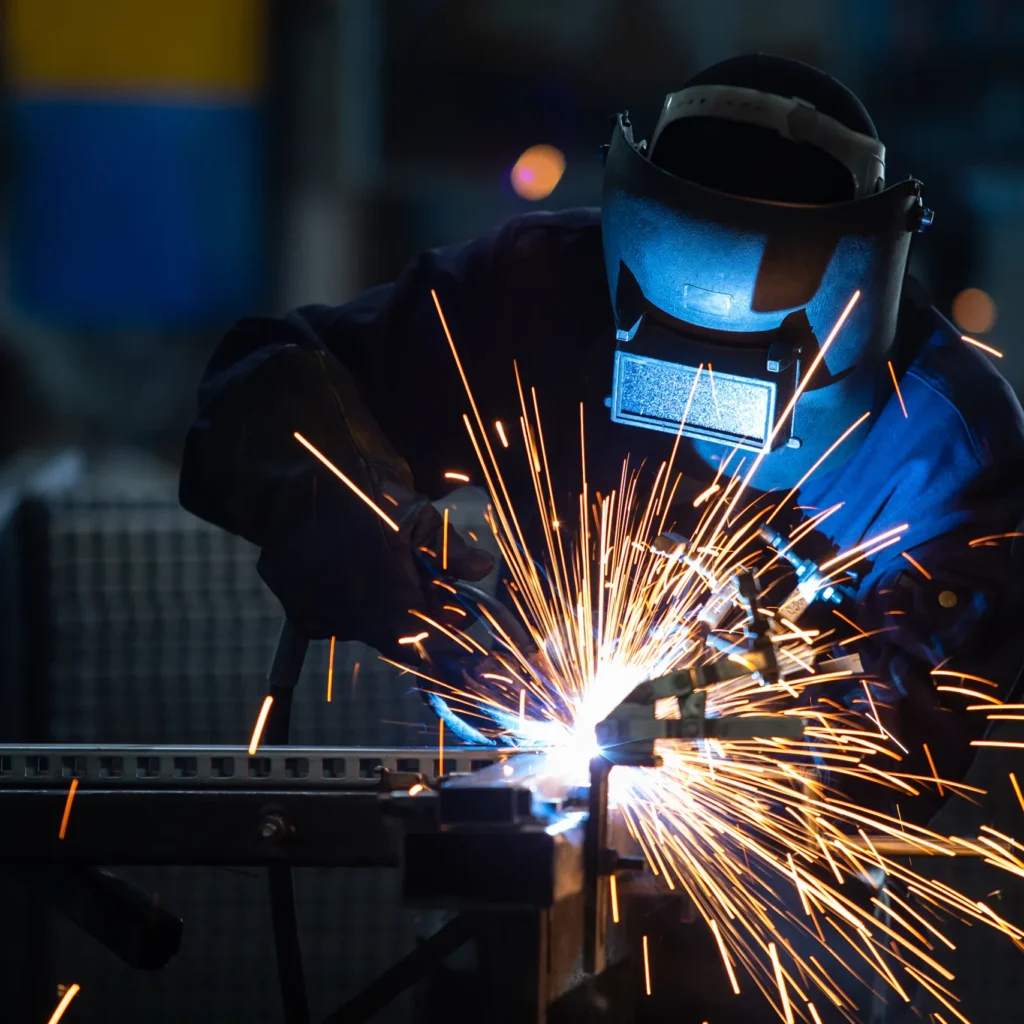In the world of welding, the dazzling sparks and glowing metal can captivate attention. However, amidst the spectacle lies a silent but potent danger: welding fumes. These fumes, if not managed properly, pose significant health risks to welders and others in the vicinity. In this blog post, we’ll delve into the critical role of welding fume extractors in safeguarding workplace safety.
Understanding Welding Fumes
Before we explore the importance of welding fume extractors, it’s essential to understand what welding fumes are and why they’re hazardous. Welding fumes are a complex mixture of metallic oxides, gases, and other particulates generated during the welding process. These fumes can contain toxic substances such as hexavalent chromium, manganese, and nickel, which, when inhaled, can lead to respiratory issues, neurological disorders, and even cancer.

The Hazards of Exposure
Exposure to welding fumes can have both short-term and long-term health effects. Acute exposure may result in symptoms like dizziness, nausea, and irritation of the eyes, nose, and throat. Prolonged or repeated exposure can cause chronic respiratory problems, lung damage, and systemic illnesses. Moreover, certain metal fumes are carcinogenic, posing a heightened risk of cancer over time.
The Role of Welding Fume Extractors
Welding fume extractors play a pivotal role in mitigating the risks associated with welding fumes. These devices, also known as fume hoods or smoke extractors, are designed to capture and remove welding fumes directly from the air, preventing their dispersion into the surrounding environment. By doing so, fume extractors help maintain air quality and minimize exposure to harmful contaminants.
Importance in Workplace Safety
The significance of welding fume extractors in workplace safety cannot be overstated. Here’s why they are indispensable:
- Protecting Worker Health: Welders are at the forefront of exposure to welding fumes. By deploying fume extractors, employers demonstrate a commitment to safeguarding the health and well-being of their workforce. Extractors remove hazardous fumes at the source, reducing the risk of respiratory ailments and occupational illnesses.
- Compliance with Regulations: Occupational safety regulations and standards mandate the control of welding fumes in the workplace. Employers are required to implement measures to limit exposure to harmful substances, including the use of engineering controls like fume extractors. Compliance not only ensures a safe working environment but also helps avoid penalties and legal liabilities.
- Enhancing Productivity: Healthier workers are more productive workers. By investing in welding fume extractors, companies promote a conducive work environment that fosters employee well-being and productivity. Reduced absenteeism due to illness and improved morale contribute to overall operational efficiency.
- Environmental Stewardship: Welding fume extractors not only protect human health but also mitigate environmental impact. By capturing and filtering harmful emissions, these devices prevent pollutants from entering the atmosphere, preserving air quality and reducing ecological harm.
In conclusion, welding fume extractors are indispensable tools for ensuring workplace safety in welding environments. By effectively capturing and removing hazardous fumes, these devices protect the health of workers, promote regulatory compliance, enhance productivity, and contribute to environmental stewardship. Investing in quality fume extraction systems is not just a legal requirement but a moral imperative to prioritize the well-being of employees and the sustainability of operations.